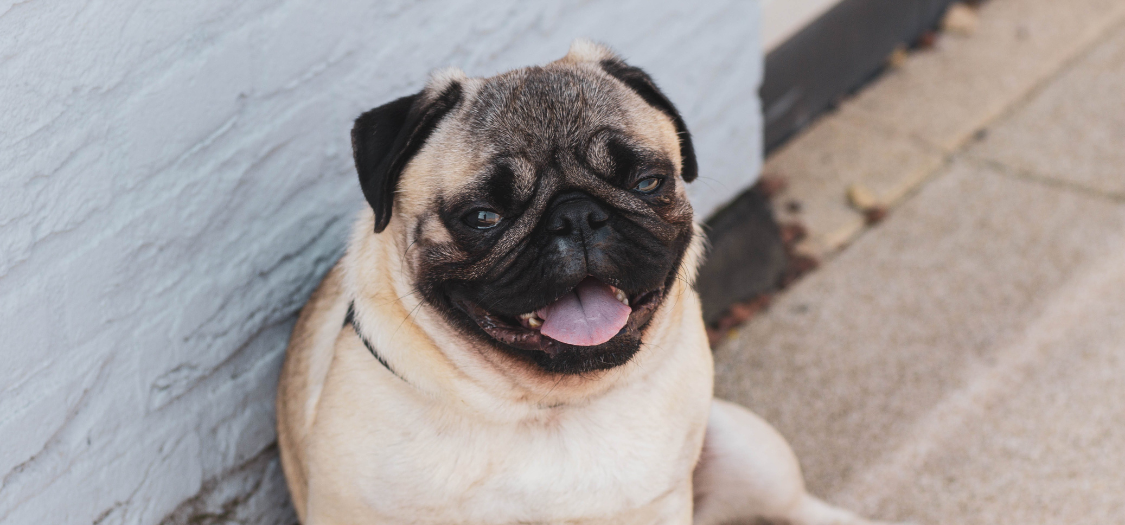My Dog has Pug Myelopathy
What Should I Do?

Pug Myelopathy is quite a recently defined disease. Awareness of it is starting to grow in the veterinary community but it’s still quite unknown. The definition of it, and understanding about its causes, continues to evolve and grow.
The basic consensus is that pug myelopathy is a progressive paralysis of the hind legs and mainly affects the pug breed, but can sometimes present in French bulldogs, English bulldogs and Boston Terriers.
However, there’s still debate about the causes of pug myelopathy. Research on it is still in its early stages. There’s likely a genetic component and some research has shown a large percentage of pugs suffering from pug myelopathy have a malformation of the vertebrae that means that compression of the spinal cord is inevitable. This is often accompanied by spinal cord abnormalities / lesions. Evidence of other conditions, including dog IVDD and spinal arachnoid diverticulum (SAD), are also present.
So sometimes pug myelopathy is referred to as constrictive myelopathy, because of the constriction of the spinal cord that’s seen with it.
All this to say that no one knows whether pug myelopathy can be prevented, or the likelihood of your dog developing it reduced.
The only advice is to keep your dog as healthy as possible in all the usual ways. These include:
It’s also worth becoming very well acquainted with your pug’s gait so that you are able to spot any changes quickly. The beginning stages of pug myelopathy can be very subtle and not easily identifiable, so knowing how your dog moves and walks normally will help you see any signs sooner rather than later.
You can read more about Pug Myelopathy here - Causes, Prevention and How To Help https://zoomadog.co.uk/collections/pug-myelopathy
Read how other pug owners use a dog wheelchair to help their pug live an active life https://zoomadog.co.uk/products/dog-wheelchair-pug

We can help find the right solution for your dog
Feel free to give us a call on 01730 622544
or email us at woof@zoomadog.co.uk